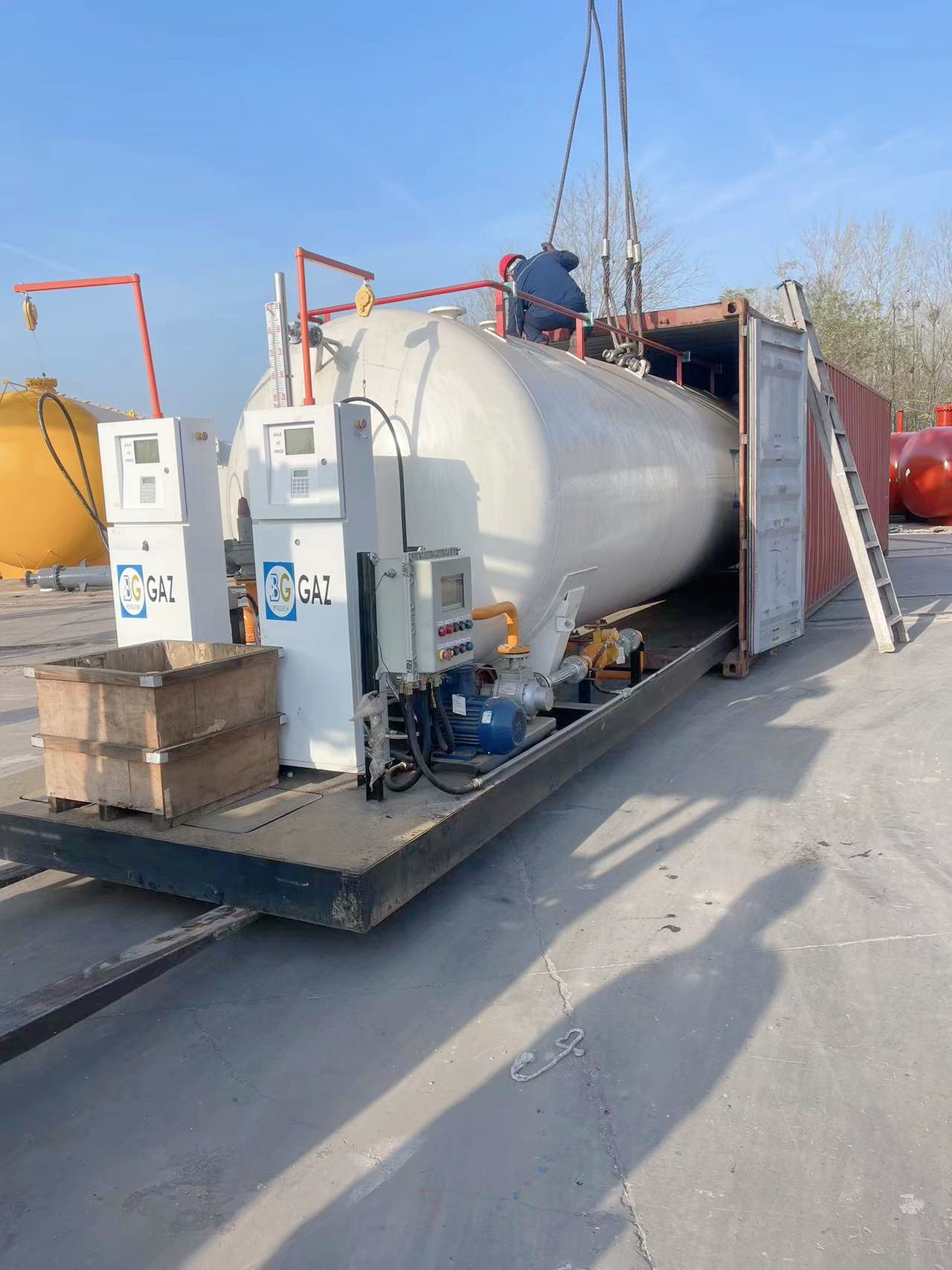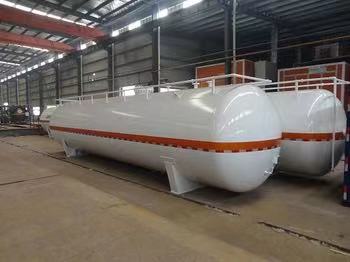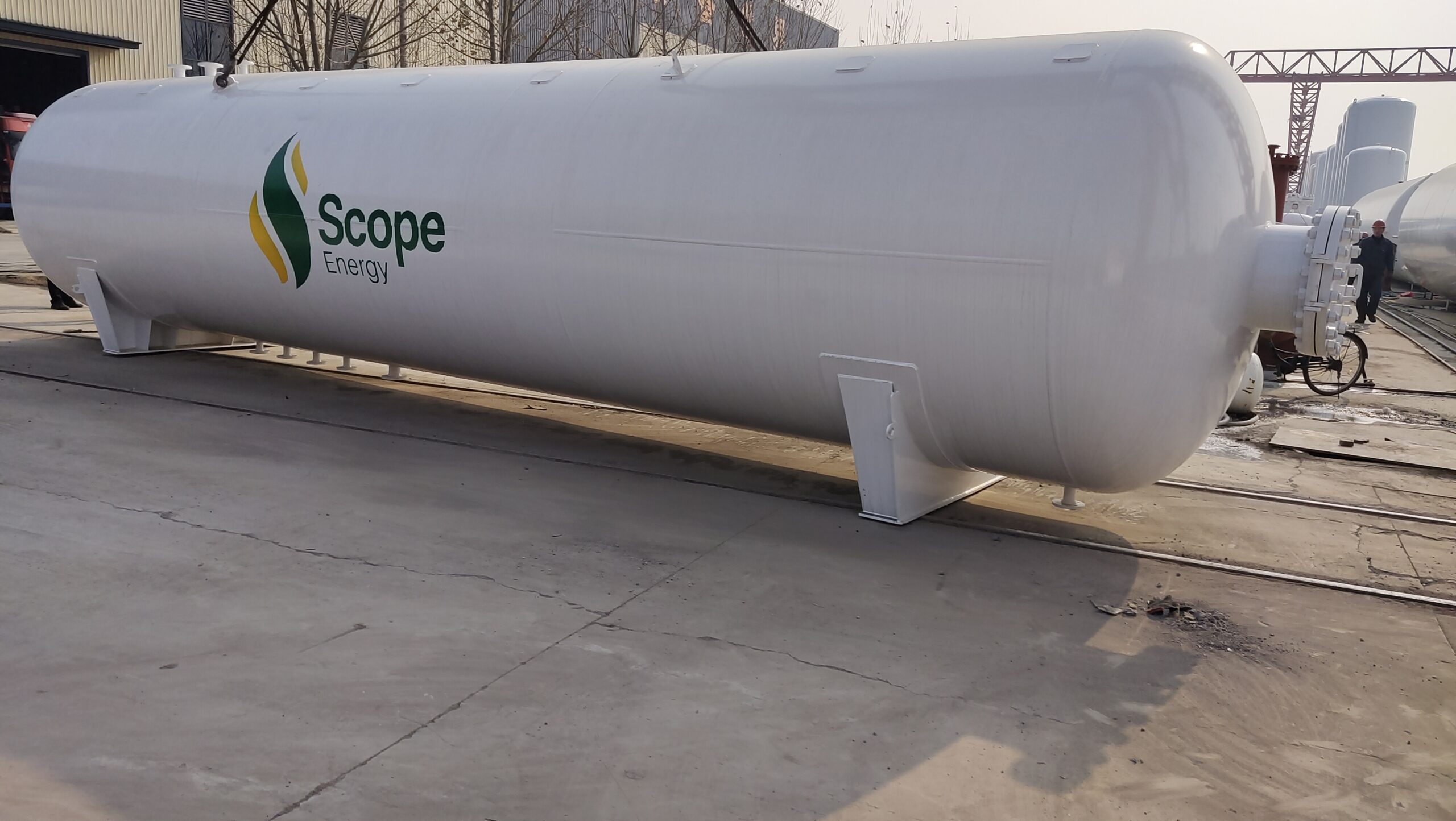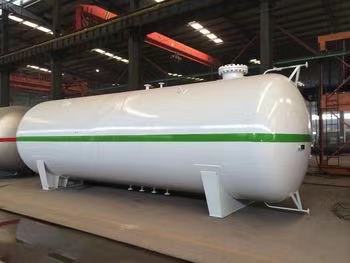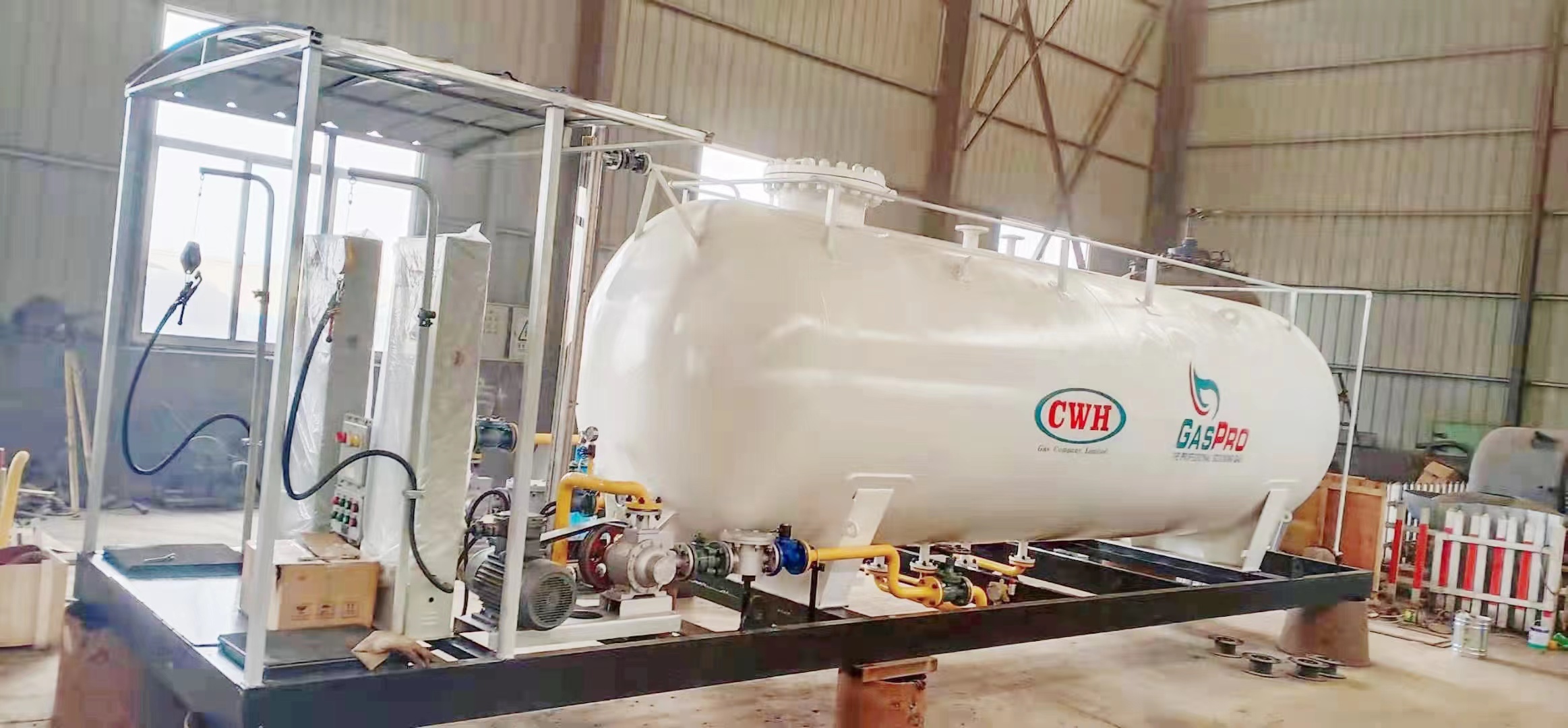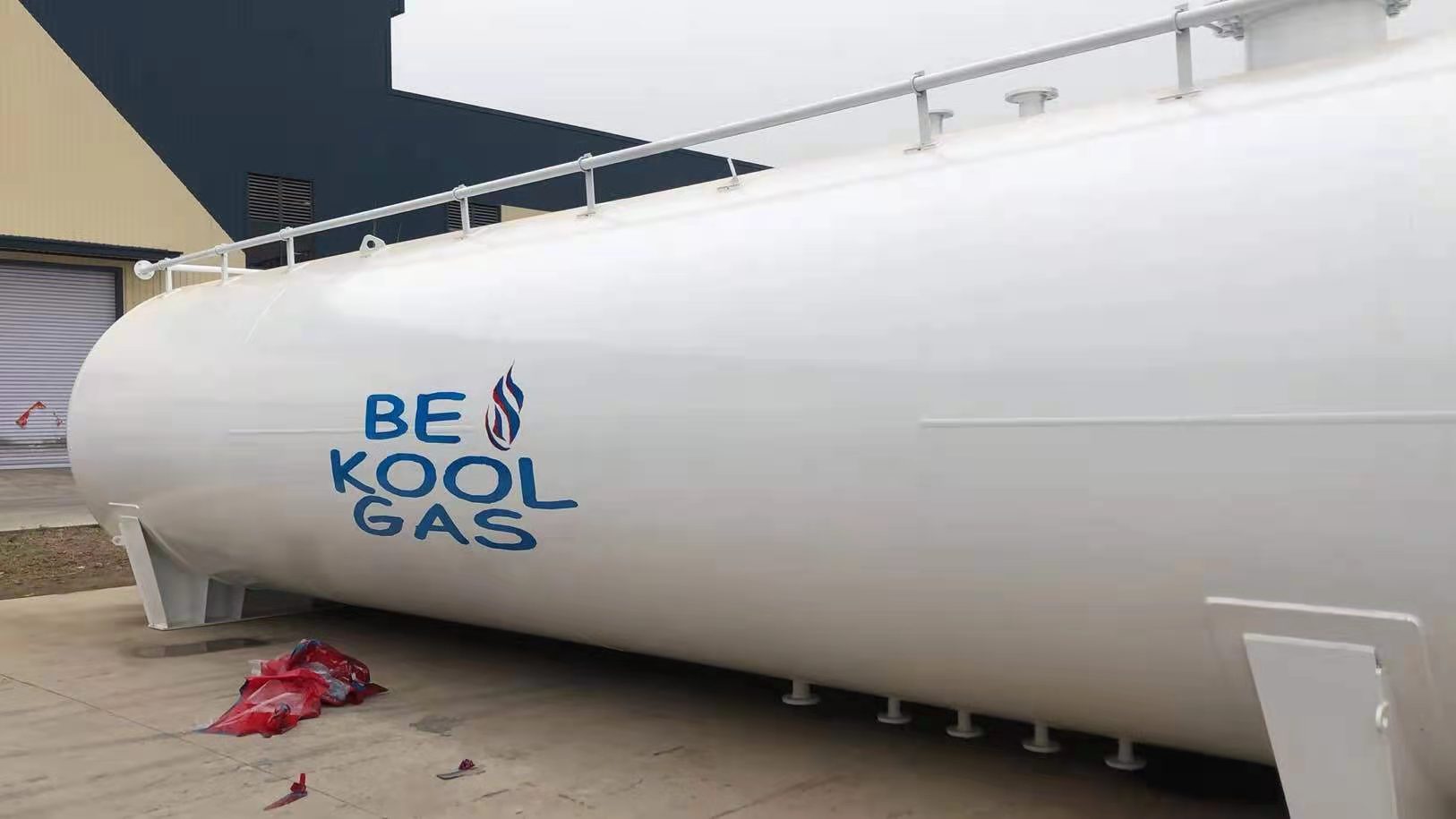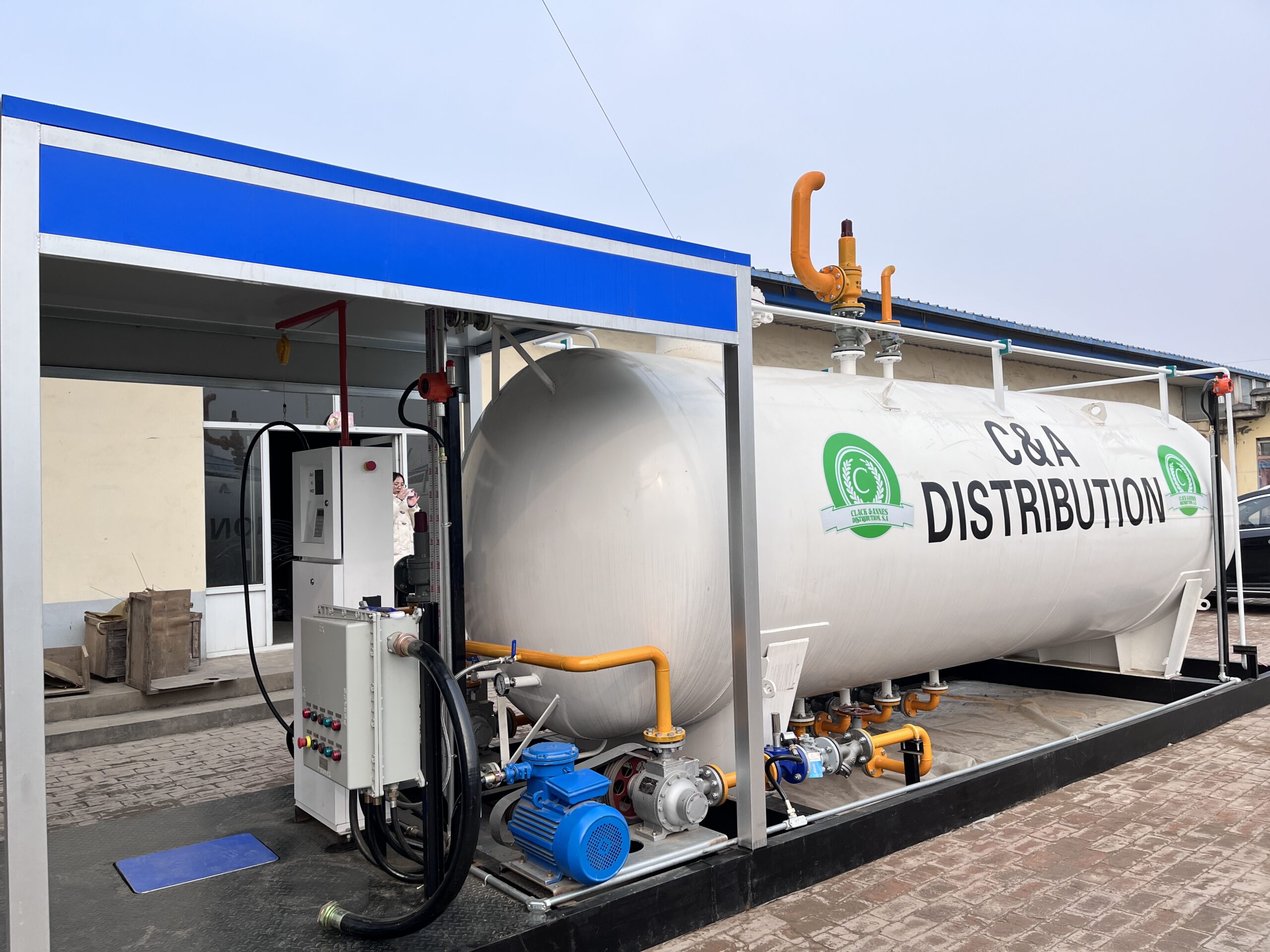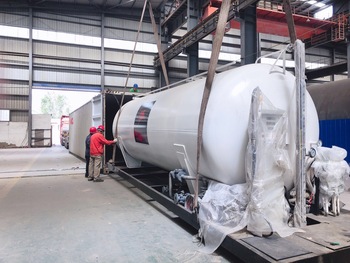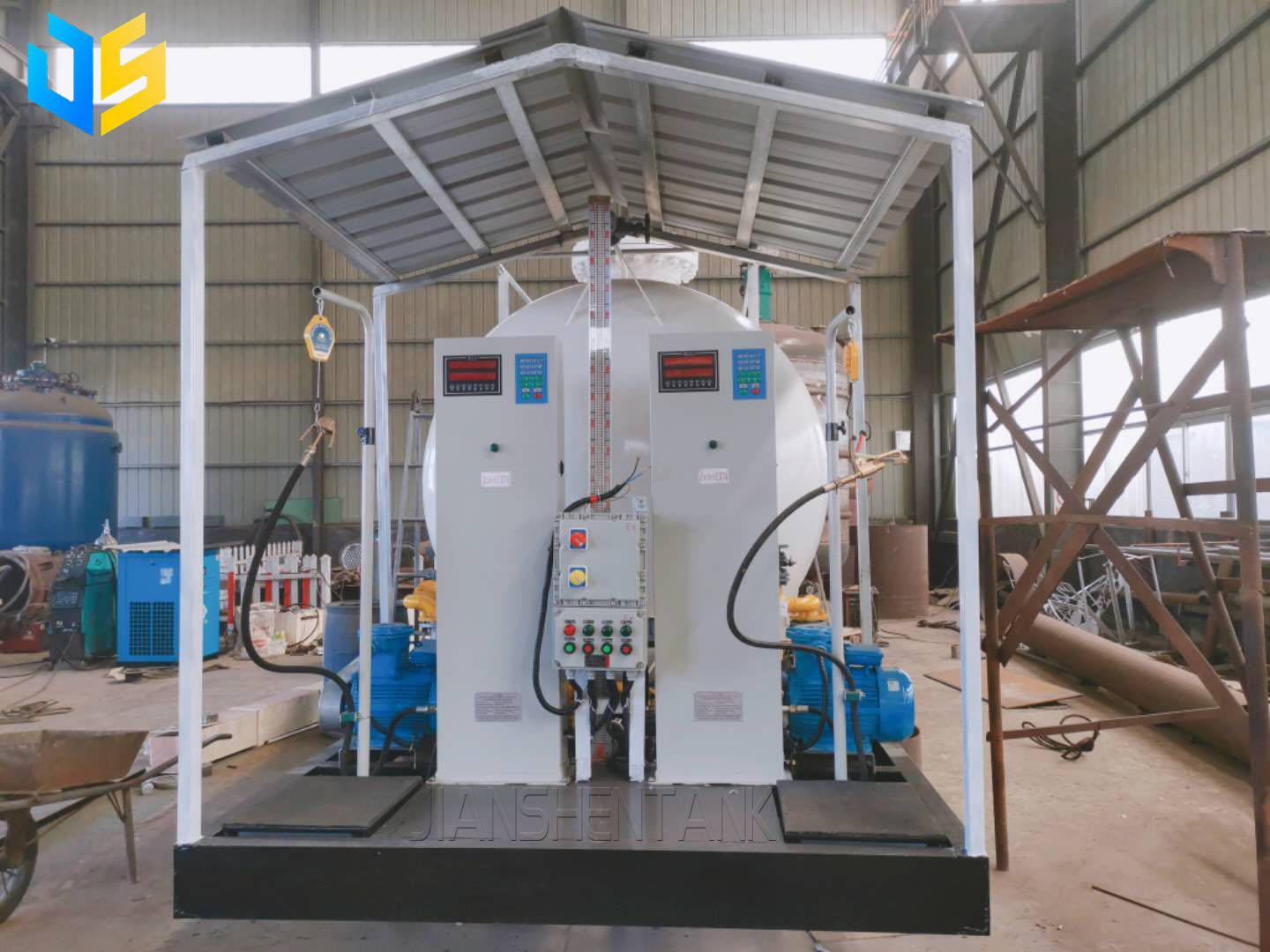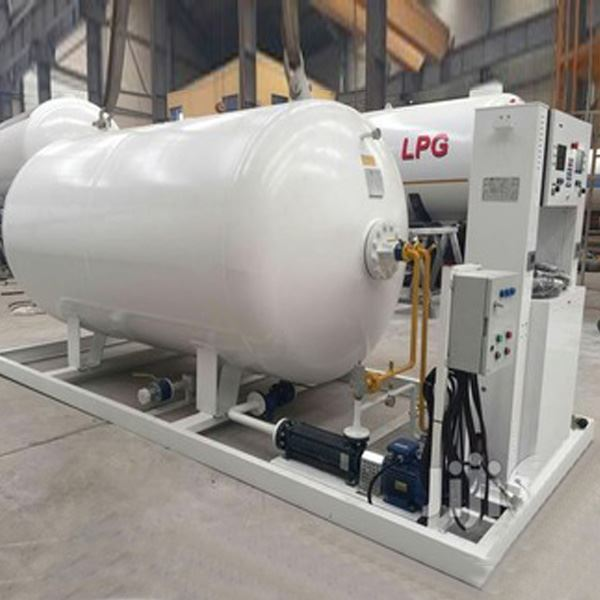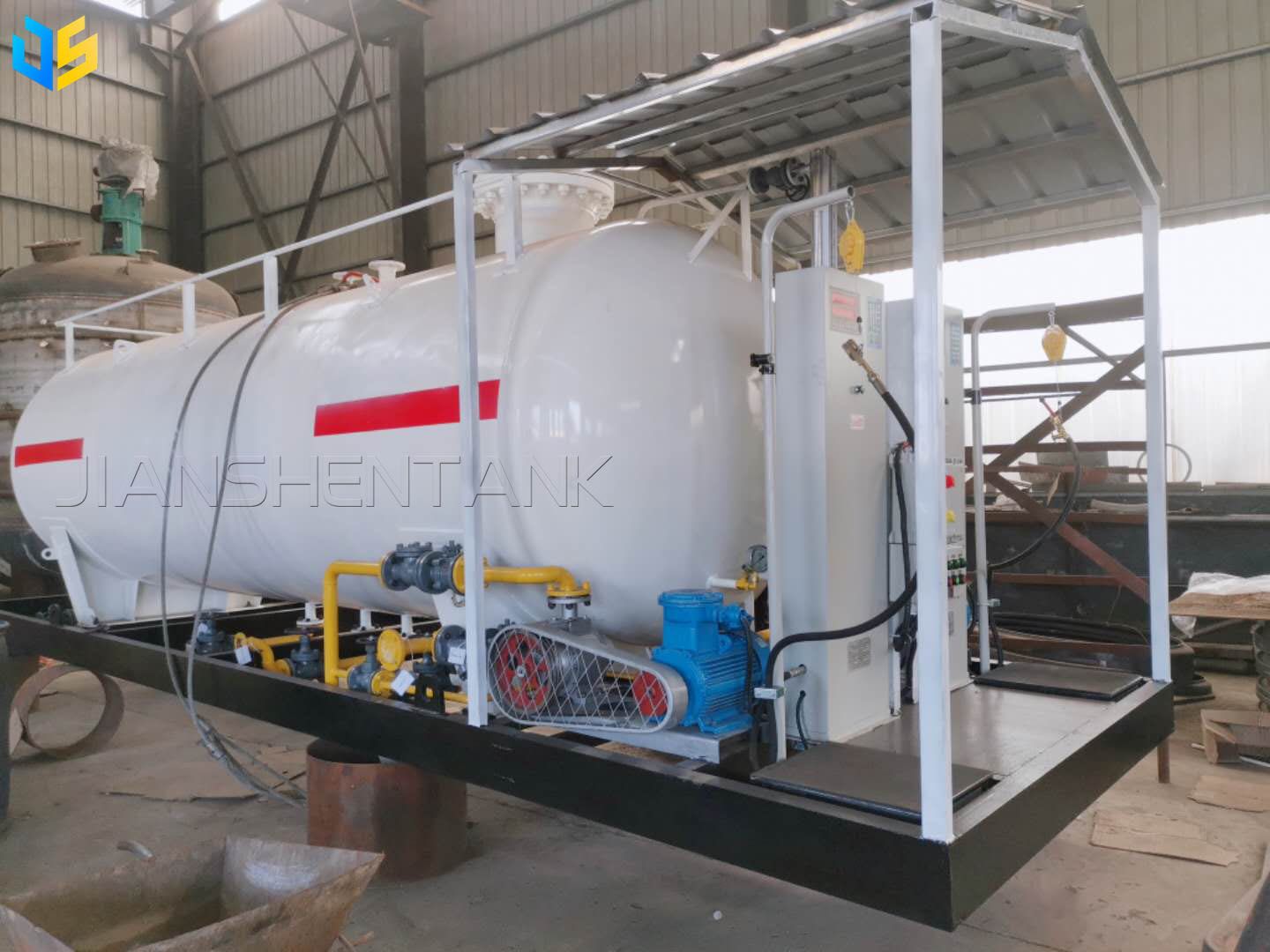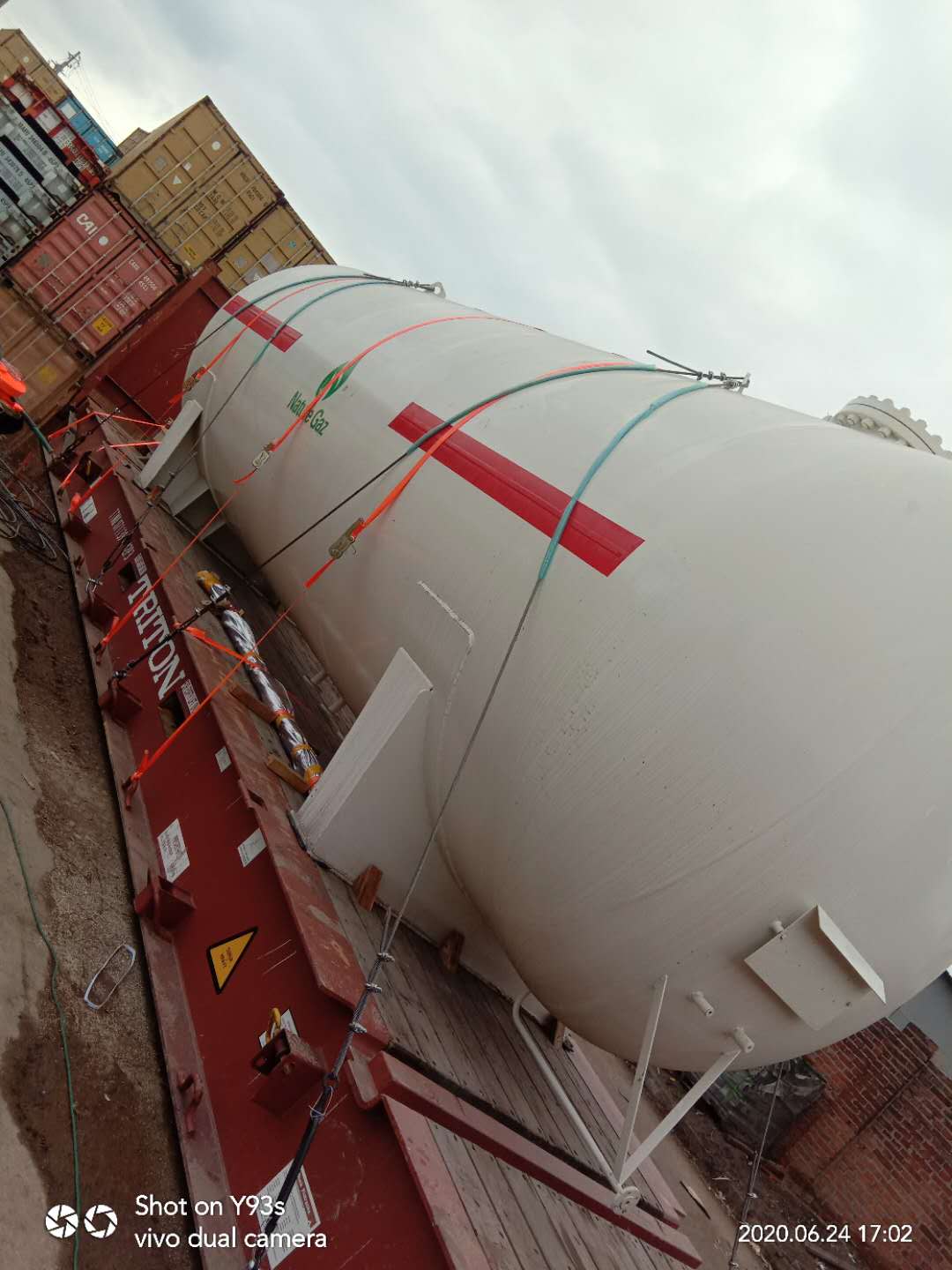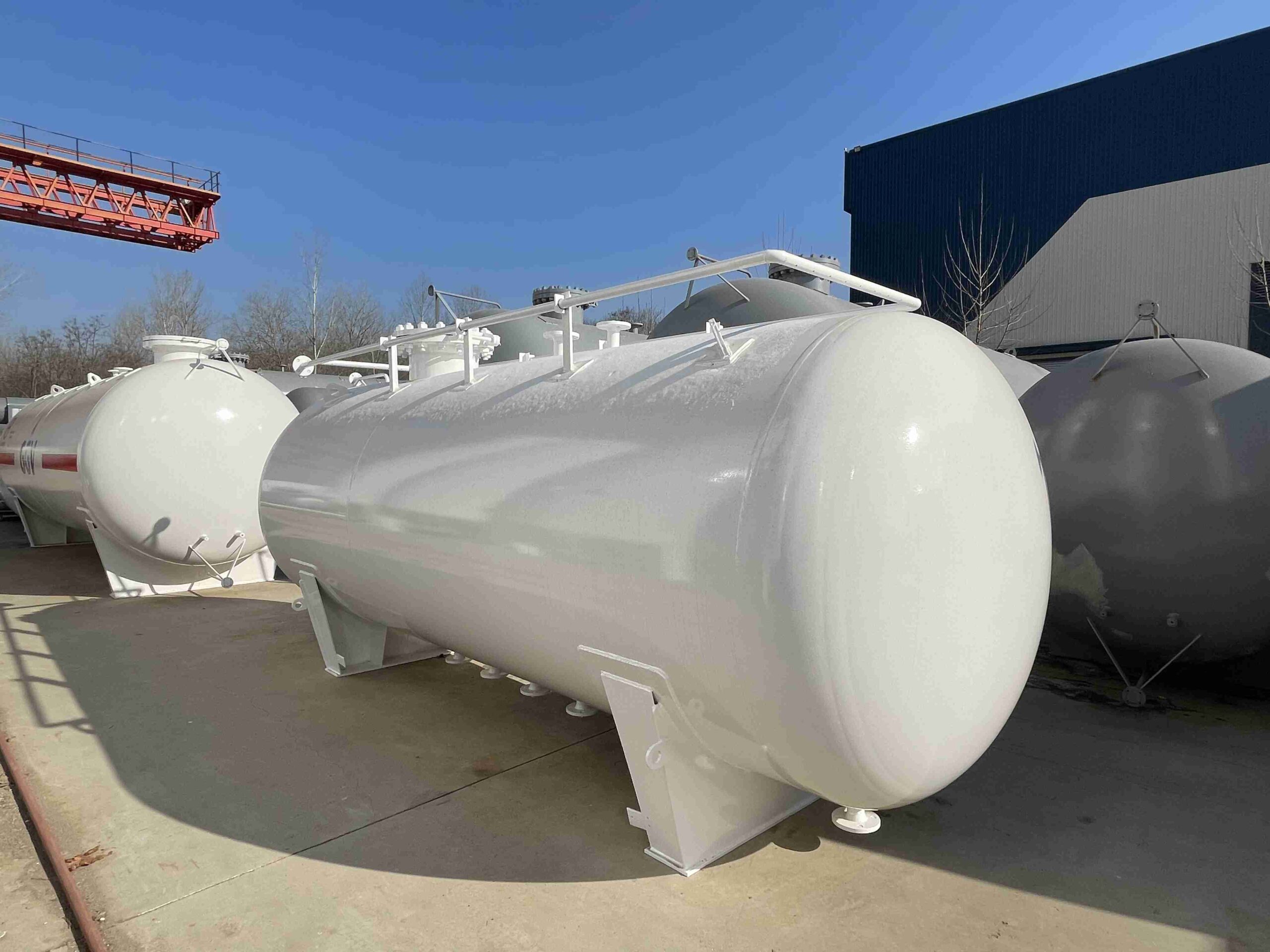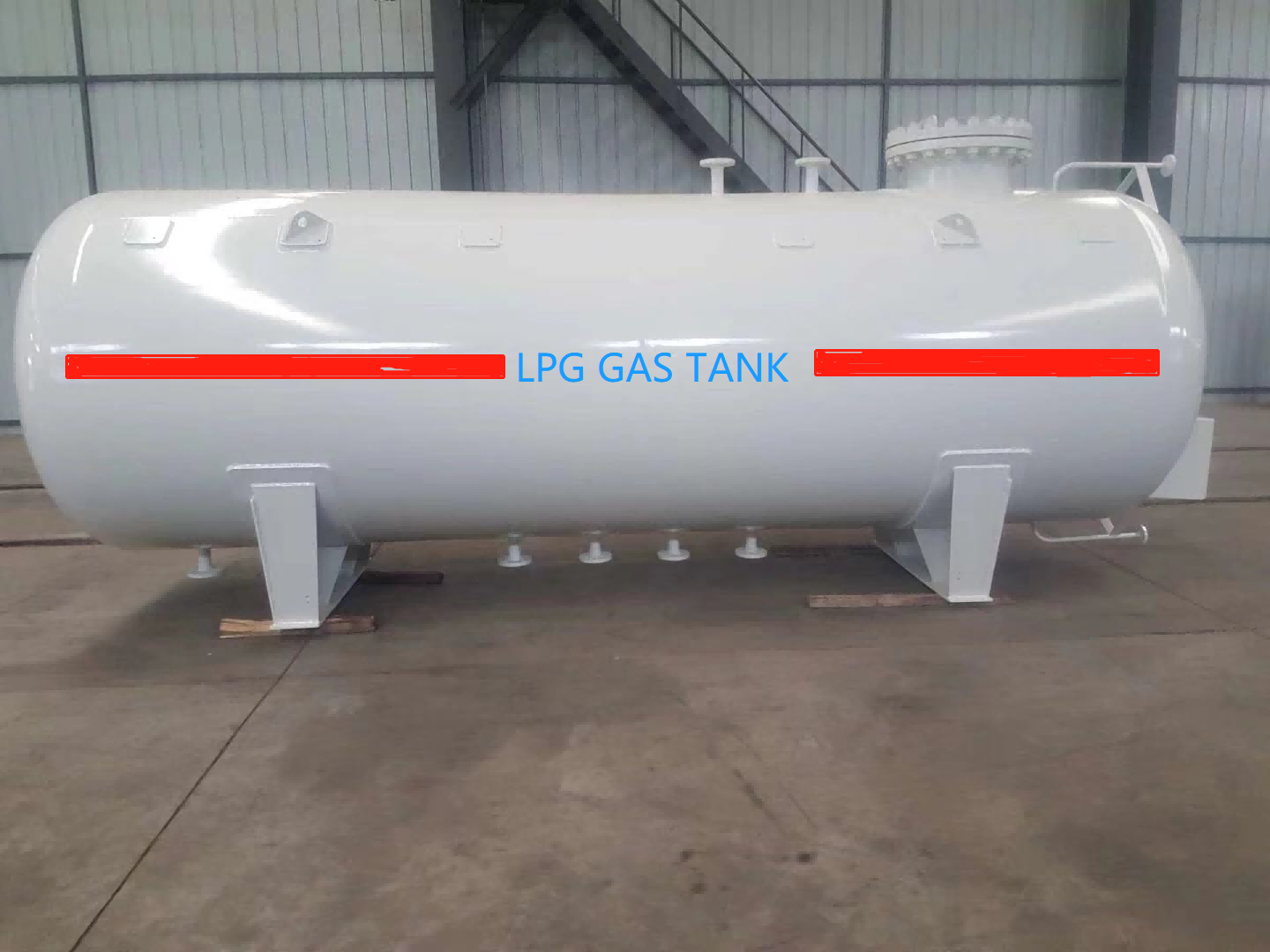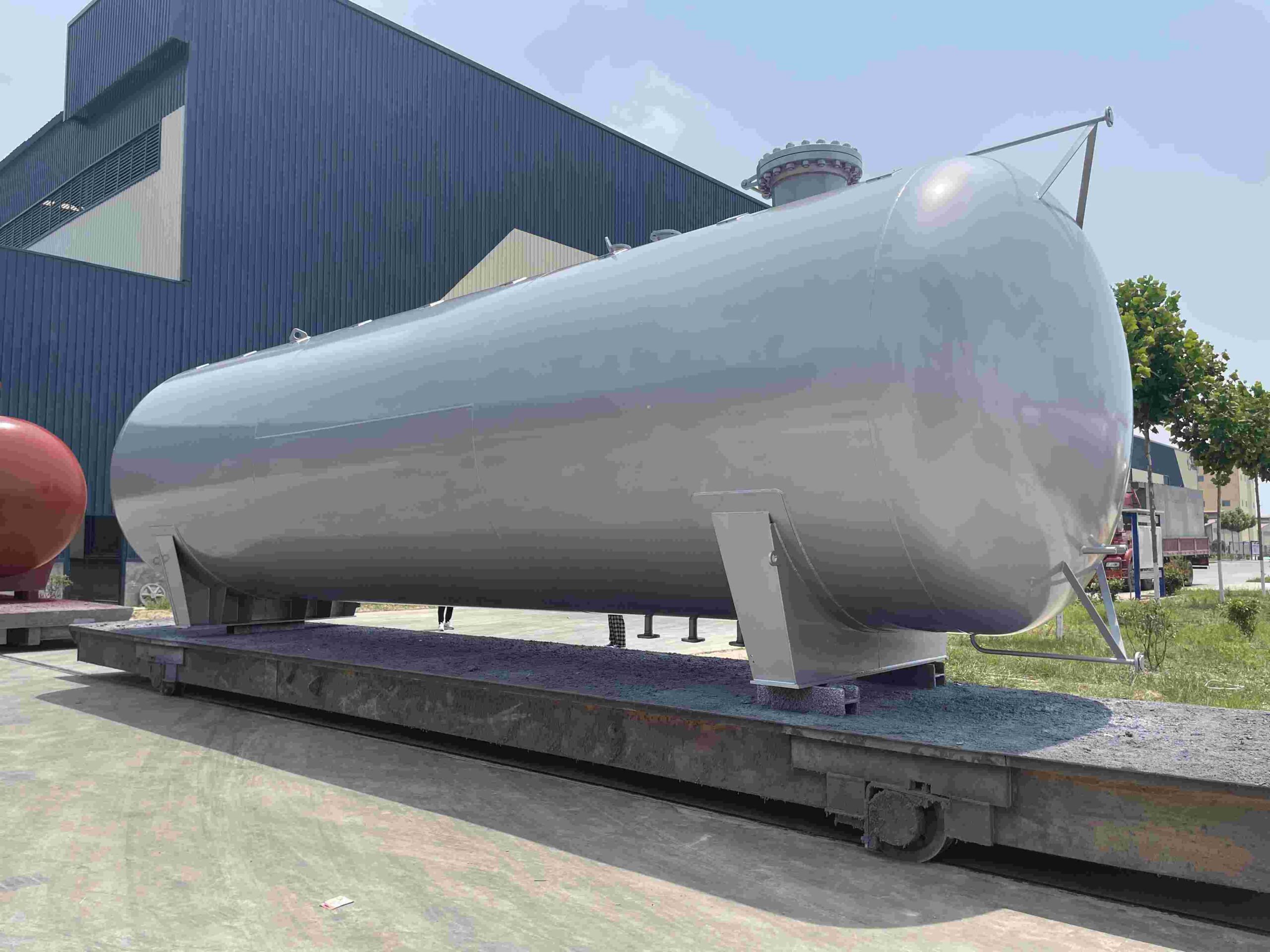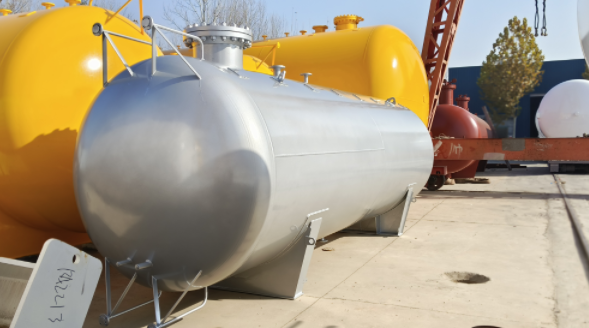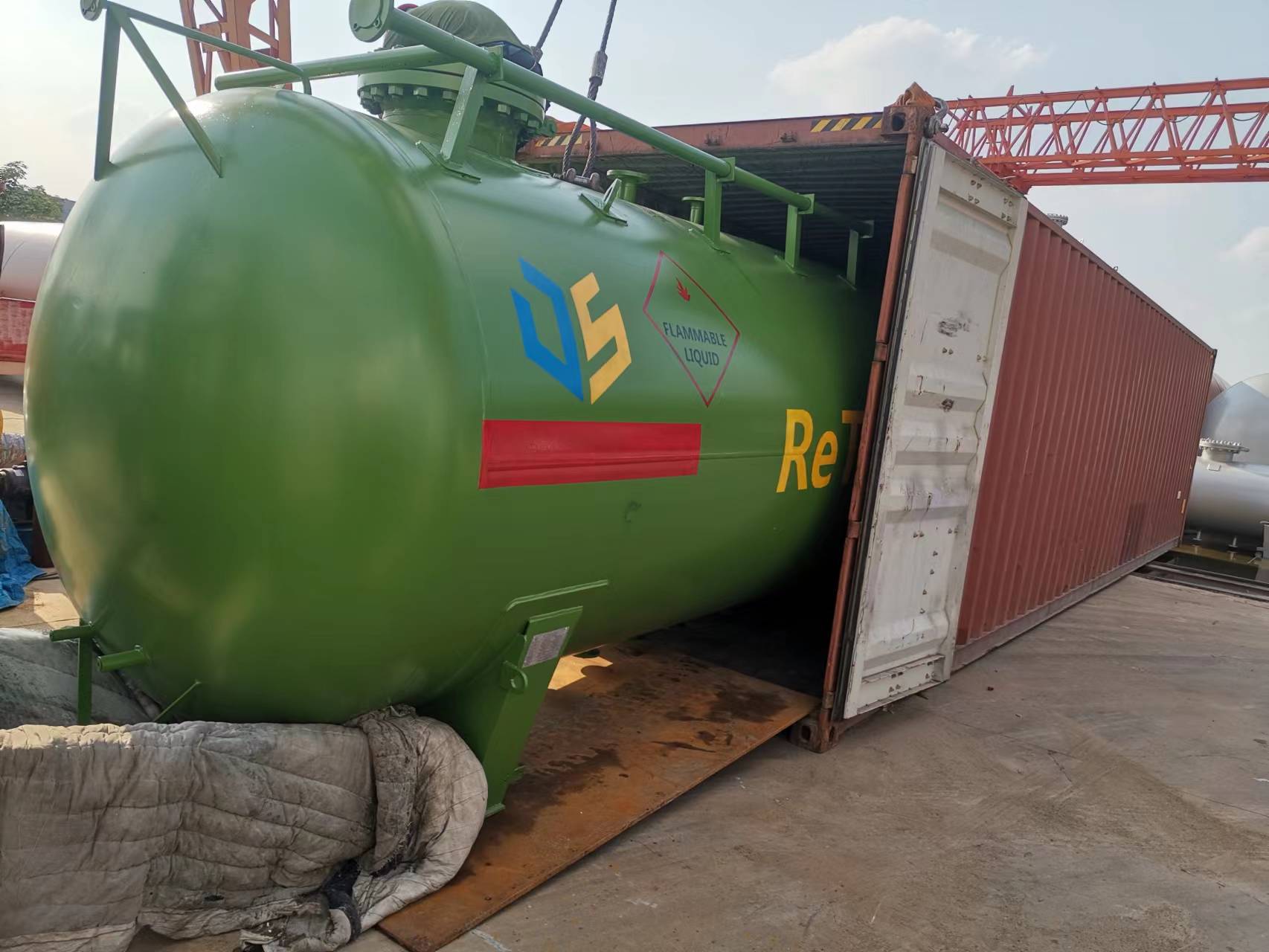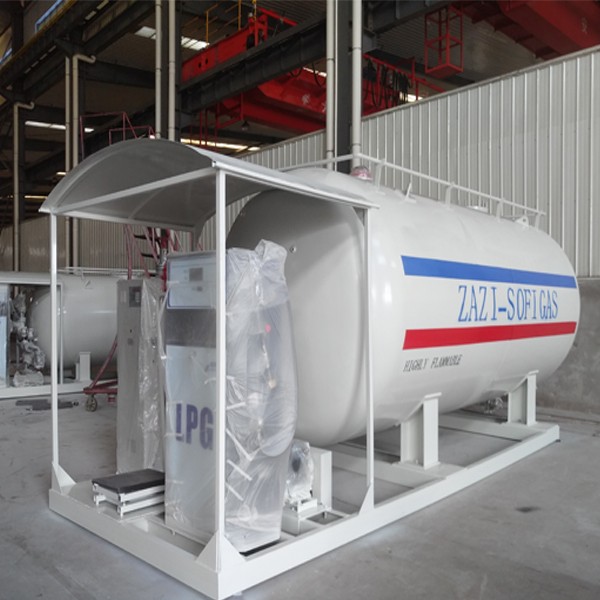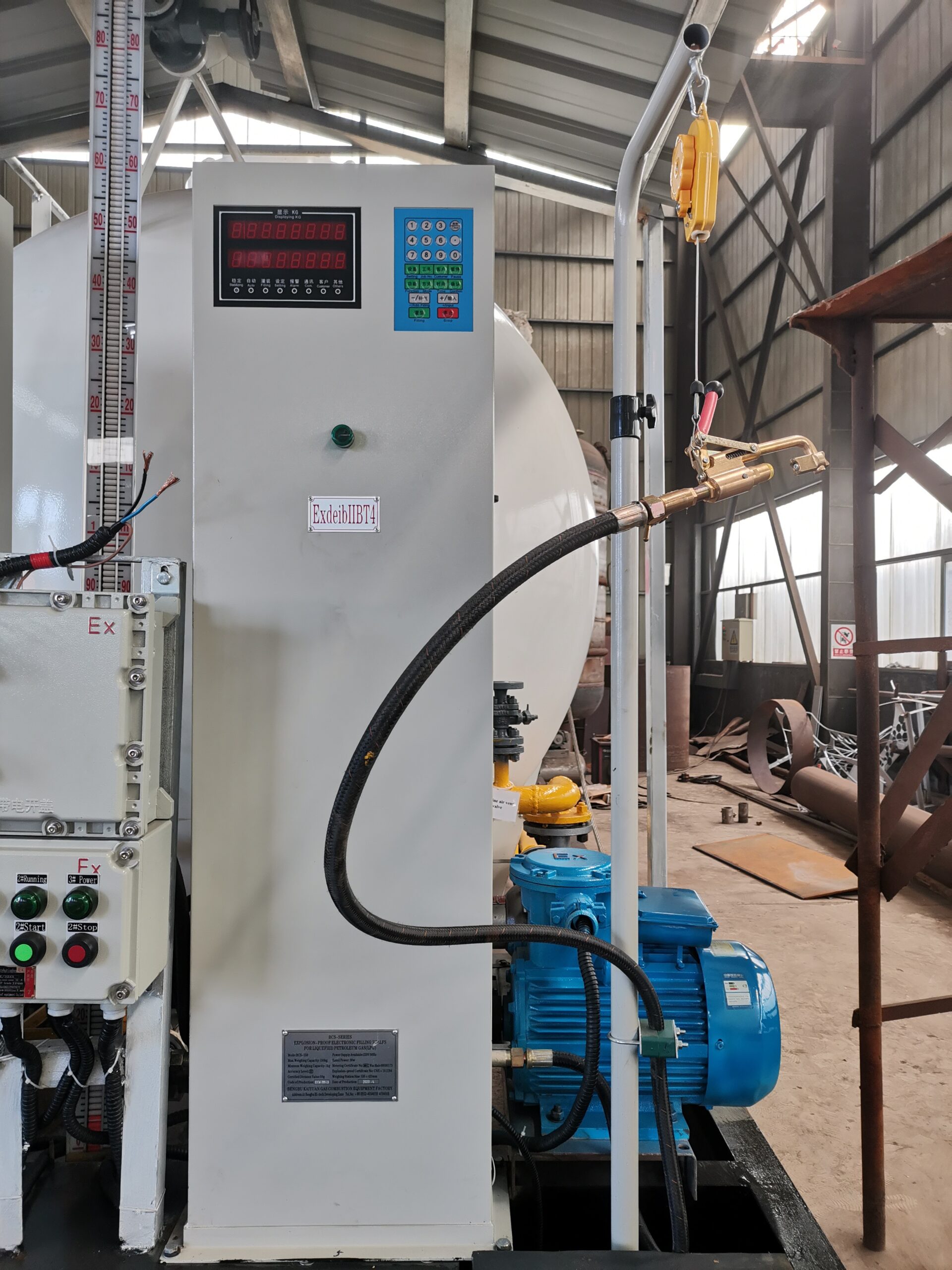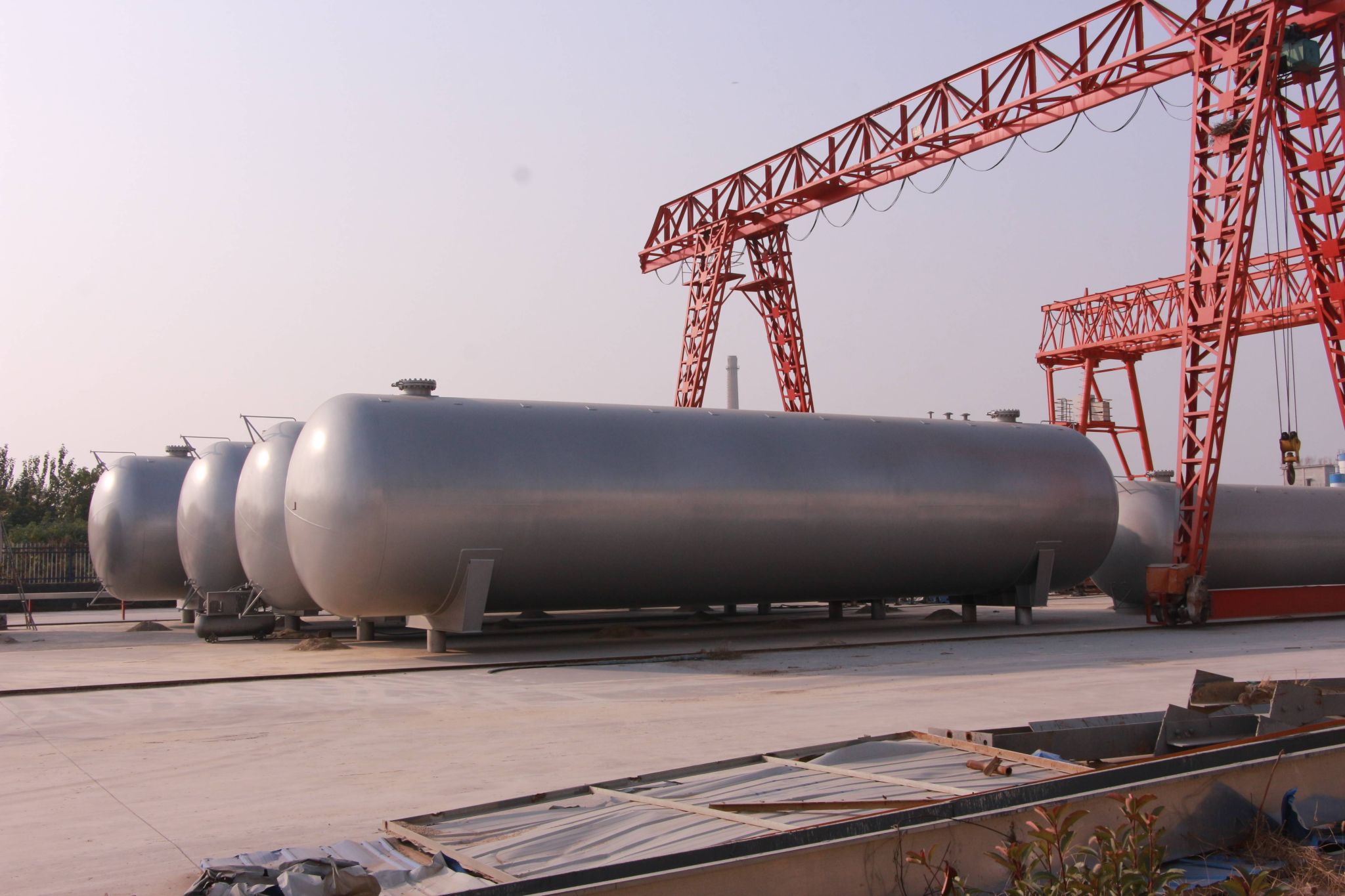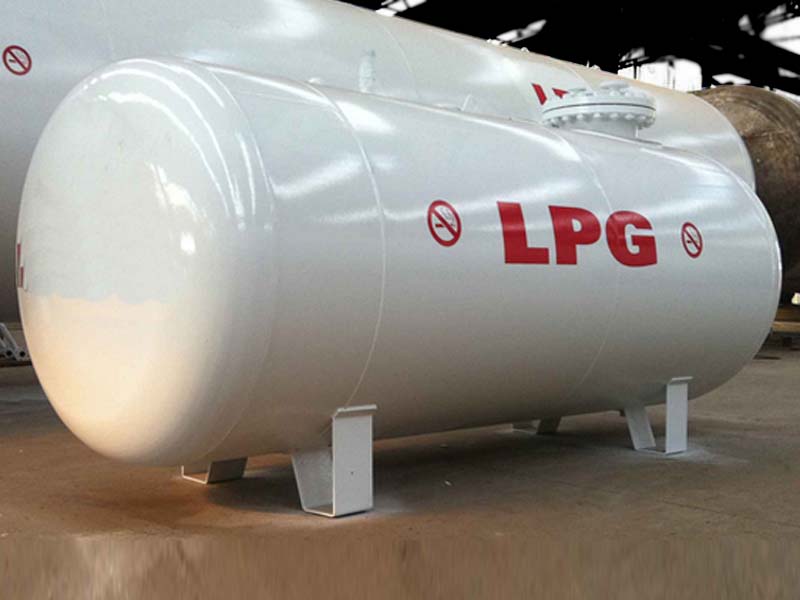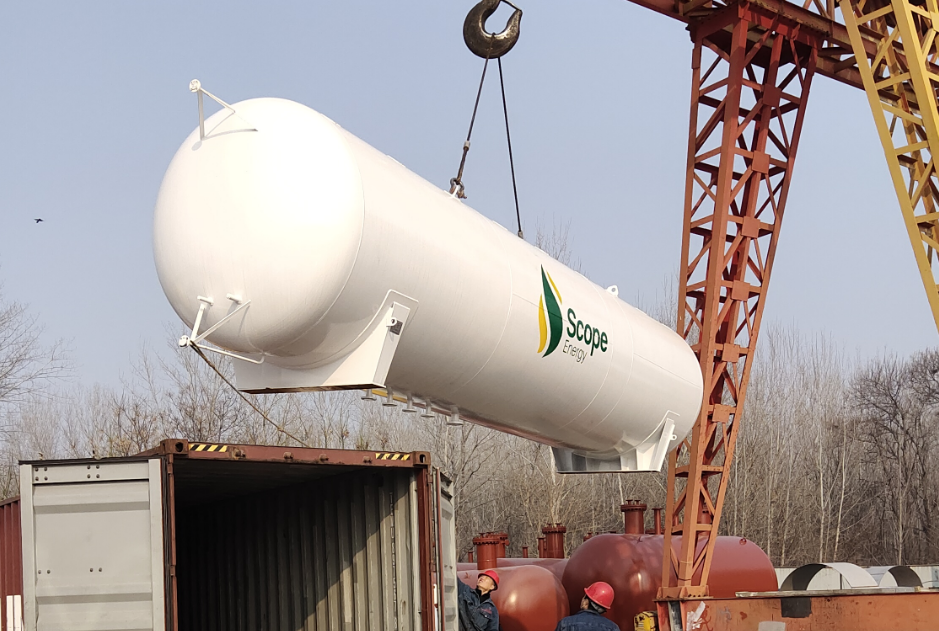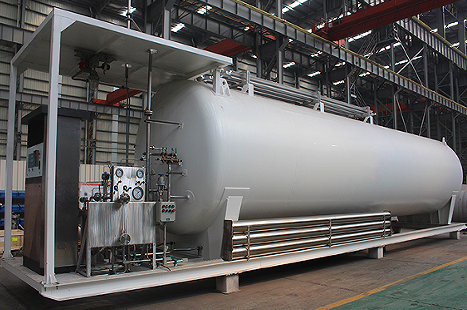Home » LPG station » LPG skid station installation
LPG skid station installation
Here is an introduction to the key components and features of an LPG skid station:
Storage Tanks:
LPG skid stations typically include storage tanks where the liquefied petroleum gas is stored und...
Contact US
Get Price
Share:
Content
Here is an introduction to the key components and features of an LPG skid station:
- Storage Tanks:
- LPG skid stations typically include storage tanks where the liquefied petroleum gas is stored under pressure. These tanks are designed to meet safety standards and regulations.
- The size of the tanks can vary based on the intended capacity of the station and the expected demand.
- Skid-Mounted Design:
- The term “skid” refers to a modular and compact design where the essential components, such as pumps, compressors, and safety equipment, are mounted on a single steel framework or skid.
- This modular design allows for easy transportation, installation, and scalability of the LPG station.
- Dispensing System:
- LPG skid stations are equipped with dispensing systems that include pumps, meters, and hoses to fill LPG cylinders or vehicles.
- The dispensing system ensures accurate measurement of the amount of LPG dispensed and provides a safe and efficient filling process.
- Safety Features:
- Safety is a paramount concern in LPG facilities. Skid stations incorporate safety features such as emergency shutdown systems, pressure relief valves, flame arrestors, and leak detection systems to minimize the risk of accidents.
- Compliance with Regulations:
- LPG skid stations must comply with local and international regulations and standards governing the storage and handling of liquefied petroleum gas.
- Compliance ensures that the facility meets safety, environmental, and operational requirements.
- Monitoring and Control Systems:
- Modern LPG skid stations are equipped with advanced monitoring and control systems that allow operators to oversee and manage the facility remotely.
- These systems may include sensors, alarms, and automation to optimize the operation and respond promptly to any issues.
- Environmental Considerations:
- Environmental considerations are essential in the design and operation of LPG skid stations. Proper handling and disposal of LPG, as well as the prevention of gas leaks, are crucial to minimizing environmental impact.
- Training and Emergency Response:
- Personnel working at LPG skid stations should undergo proper training to handle emergency situations and operate the facility safely.
- Emergency response plans and equipment are in place to address any incidents promptly and effectively.
Inquiry
More LPG station

